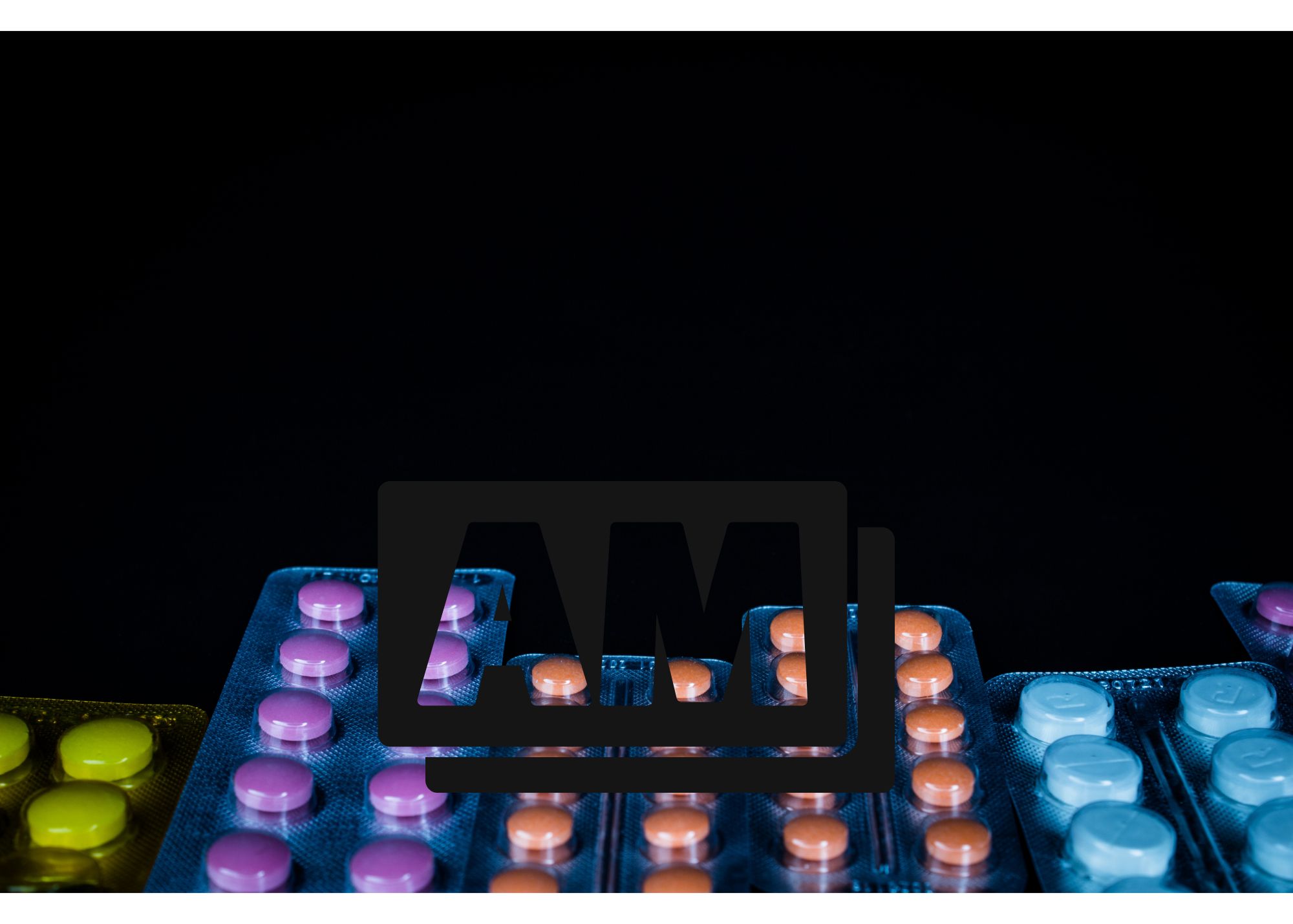Why Novo May Be the Real Winner in Obesity Drug Boom
For decades, Novo Nordisk was known mainly within the medical community as a quiet Danish powerhouse in diabetes care. Fast-forward to today, and its brand names are practically pop culture references. Wegovy and Ozempic have become synonymous with rapid weight loss, with late-night comedians, TikTok influencers, and even Hollywood scripts weaving them into conversation. Yet the company’s stock, after a stellar run, has hit some turbulence.
Key Points
-
Eli Lilly’s Zepbound has overtaken Wegovy in sales.
-
A recent real-world study showed Wegovy users had a 57% lower risk of heart attack, stroke, or death, giving Novo a potential edge.
-
Despite Wegovy’s massive year-over-year sales growth and long-term potential in obesity, cardiovascular, and other diseases, Novo Nordisk trades at a low forward P/E.
When Being First Isn’t Enough
Novo Nordisk had a massive head start. In 2021, the FDA approved Wegovy, the first GLP-1 drug officially cleared for obesity.
First-mover advantage in pharmaceuticals is often a golden ticket and Wegovy sales took off, hitting billions within just a few quarters.
But Eli Lilly wasn’t far behind. In late 2023, its Zepbound entered the market. Thanks to Lilly’s deep pockets and aggressive rollout, Zepbound already leapfrogged Wegovy in quarterly sales.
A Compounding Problem Few Saw Coming
The competition isn’t just from Lilly. A quirk of U.S. drug regulation created another headache in the form of compounding pharmacies.
When the FDA declared a shortage of semaglutide in 2022, compounders got temporary leeway to mix their own versions.
Novo expected this to fade quickly once supply stabilized, but many compounders continue operating in regulatory gray zones.
The numbers aren’t trivial. Some analysts estimate compounders captured as much as 15% of GLP-1 demand in certain states last year.
Guidance Cut, Workforce Trimmed
Investors felt the pinch this summer and Novo Nordisk trimmed full-year sales guidance to as low as 8%, down from as high as 21%.
That’s still enviable growth in big pharma, but below the rocket trajectory shareholders had gotten used to.
Management also lowered profit guidance and announced in September that almost 10,000 jobs would be cut.
That’s a scale of restructuring investors usually associate with troubled industrial firms, not a red-hot drugmaker.
Why This May Be Overblown
Here’s the part that hasn’t fully registered with the Street. Novo Nordisk’s clinical data might actually be stronger than Eli Lilly’s.
In August, the company shared results from a real-world study showing Wegovy users had a 57% greater reduction in major cardiovascular events, heart attack, stroke, or death, compared with patients on other obesity medications.
If those findings hold in broader trials, Wegovy may well carve out a premium positioning as the “heart-protective” GLP-1, not just a weight-loss shot.
GLP-1 Beyond Obesity
Investors tend to focus on weight loss headlines, but GLP-1 drugs are being tested for far broader indications, including sleep apnea, kidney disease, even Alzheimer’s.
The potential market isn’t just the 100 million Americans with obesity but could eventually stretch into cardiovascular and neurological diseases, making today’s $30 billion market look like a warm-up.
Valuation and Verdict
For a company still growing Wegovy sales at 67% year over year, Novo Nordisk looks oddly cheap. The stock trades at a forward P/E below 14, and that disconnect comes from short-term worries about Lilly’s surge and compounding pharmacies.
Novo Nordisk has been through challenges before. It dominated insulin for decades before pivoting successfully to obesity care. Now it’s positioning itself for the next wave, cardiovascular prevention and beyond.
For long-term investors, this pullback may look less like a warning sign and more like an opportunity.



